In 2011, Mr. Nguyen Chi Hai's family in Gia Binh commune (previously reorganized as Gia Binh town, Gia Binh district) received a transfer of 3.4 hectares of land outside the right dyke of Duong. This was originally the land exploitation area of brick kiln owners in 2 villages: Chinh Thuong and Cao Tho, Cao Duc commune (previously reorganized as Van Ninh commune, Gia Binh district). To be able to produce on this land, Mr. Hai invested tens of billions of dong in leveling the ground. Since 2013, he has started growing short-term crops such as carrots, soybeans, corn, asparagus, and at the same time building livestock barns.
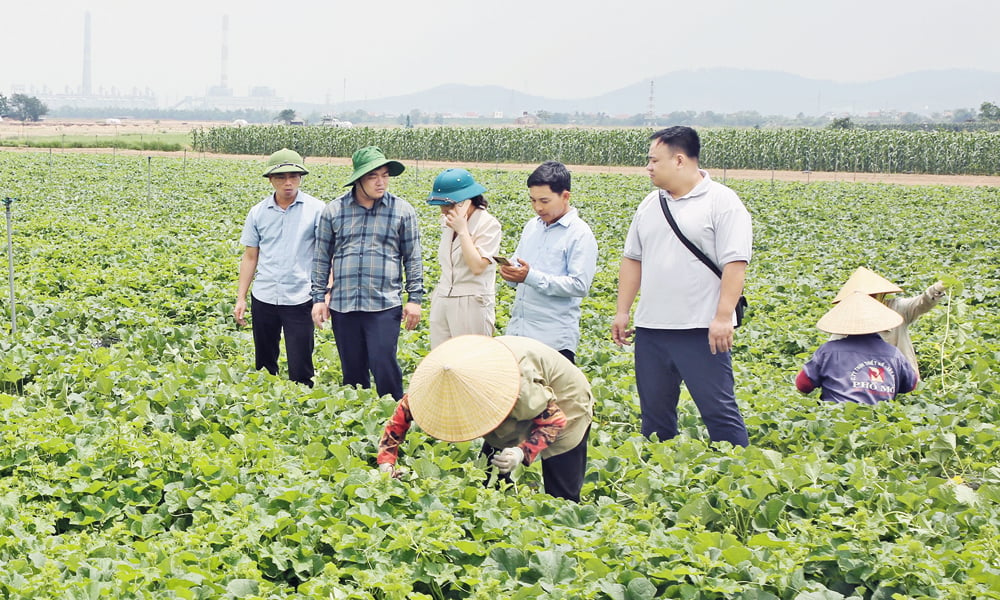 |
Mr. Nguyen Van Linh's family grows many types of highly effective vegetables. |
When he first started developing livestock farming, he encountered many difficulties due to lack of capital and lack of scientific and technical knowledge. After overcoming many difficulties with his own efforts as well as the support and guidance of specialized units and localities, Mr. Hai's family has now built two barns with an area of 14,000 m2, raising about 10,000 pigs each year. The farm creates jobs for 30-35 workers, mainly local people, people who are not qualified to work in factories and industrial parks with a stable income of 8-10 million VND/person/month. Thanks to his efforts to develop the farm economy and actively contribute to grassroots movements, Mr. Nguyen Chi Hai was honored to receive awards from the Prime Minister, the Central Committee of the Vietnam Farmers' Union , the Vietnam Cooperative Alliance, and the Provincial People's Committee.
In 2008, Mr. Nguyen Van Linh's family in Cao Duc commune received a transfer of 40 hectares of land in the Nguyet Ban area along the Duong River. In previous years, the entire Nguyet Ban area, about 150 hectares wide, was exploited to produce handmade bricks. After the exploitation stopped, many areas became swamps that were difficult to cultivate. With the mindset of accumulating land to produce agricultural products, Mr. Nguyen Van Linh turned 40 hectares of alluvial land into a farm producing carrots, melons, and watermelons, bringing in tens of billions of VND per year.
After the manual brick kilns stopped operating, Cao Duc people focused on renovating and restoring the land, taking advantage of the fertile alluvial layer to grow fruit trees and vegetables, and promoting the application of scientific and technical advances in production. According to statistics, the entire Cao Duc commune has about 900 hectares of cultivated land, of which 450 hectares are alluvial land along the Duong River. The entire alluvial land area is effectively exploited by the people, forming farms for raising livestock, growing fruit trees and vegetables. Dozens of households use 5-40 hectares to grow carrots, radishes, melons, watermelons... because these are crops suitable for the soil and bring much higher economic efficiency than other crops.
To facilitate agricultural production, in addition to the province's policy on supporting regional planning, investing in irrigation systems for irrigation, and roads for product purchasing, the People's Committee of the commune supports households in carrying out necessary procedures to accumulate land. Mr. Nguyen Kim Thanh, Chairman of the People's Committee of Cao Duc commune, said: "Thanks to the reasonable conversion of crop structure and the implementation of the crop rotation formula, the riverside alluvial land has become a key agricultural economic area, with a diverse crop structure and production types, contributing to economic development and job creation. Not only focusing on new crops such as radishes, watermelons, and cantaloupes, the riverside alluvial land of Duong river in Cao Duc commune is also known as a specialized area for producing high-value export carrots".
Source: https://baobacninhtv.vn/khai-thac-vung-dat-bai-ven-song-duong-postid421547.bbg



![[Photo] National Assembly Chairman Tran Thanh Man attends the 725th anniversary of the death of National Hero Tran Hung Dao](https://vphoto.vietnam.vn/thumb/1200x675/vietnam/resource/IMAGE/2025/10/12/1760285740475_ndo_br_bnd-8978-jpg.webp)


![[Photo] Delegation attending the Government Party Congress visited President Ho Chi Minh's Mausoleum](https://vphoto.vietnam.vn/thumb/1200x675/vietnam/resource/IMAGE/2025/10/12/1760240068221_dsc-3526-jpg.webp)
![[Photo] The 1st Government Party Congress held a preparatory session.](https://vphoto.vietnam.vn/thumb/1200x675/vietnam/resource/IMAGE/2025/10/12/1760257471531_dsc-4089-jpg.webp)
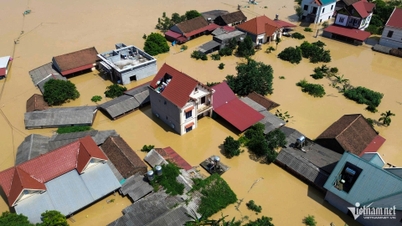

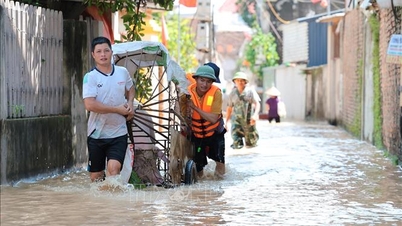

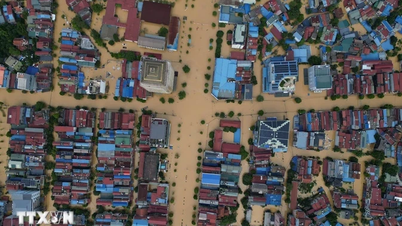

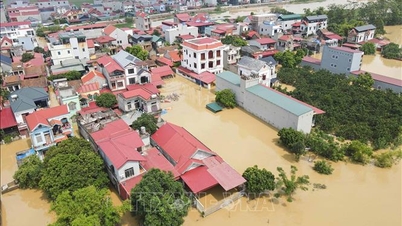


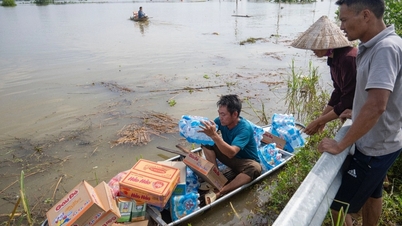

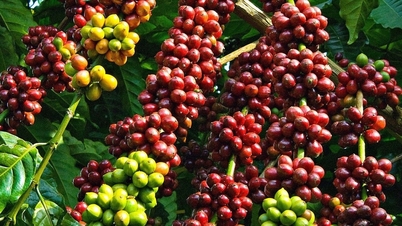





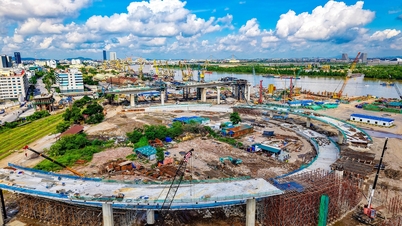


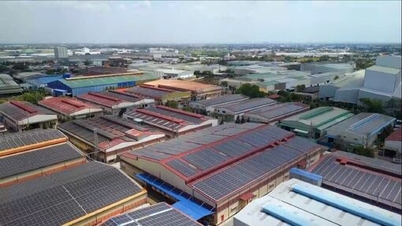






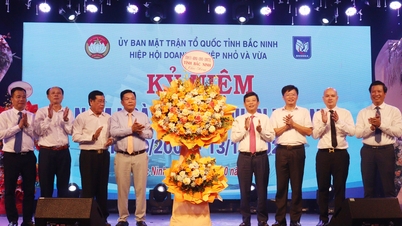
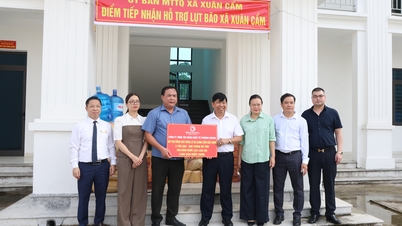

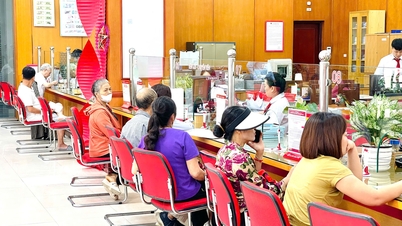
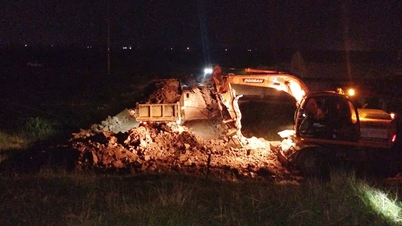
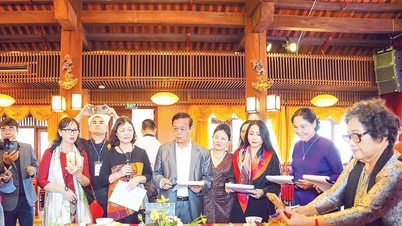

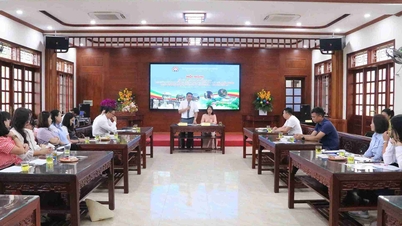

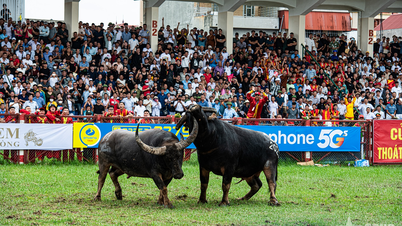

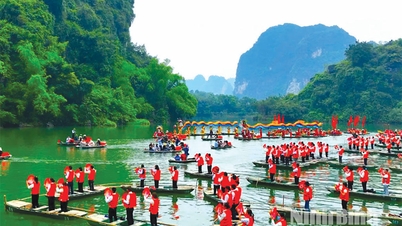



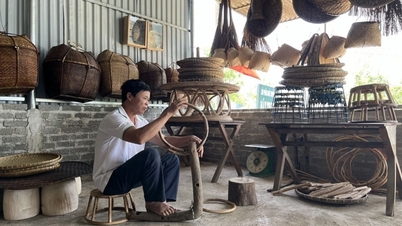

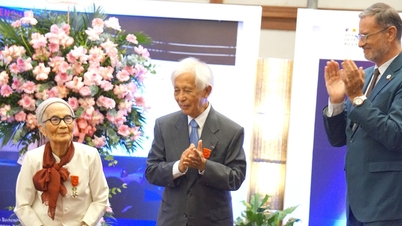








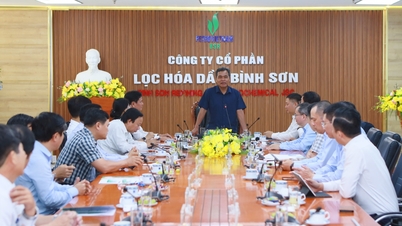

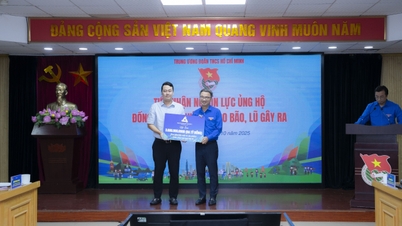


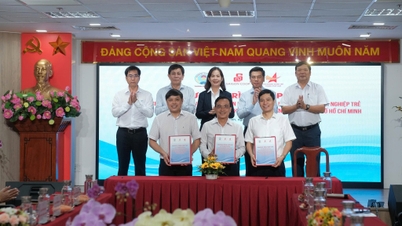







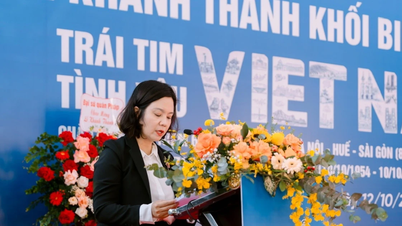
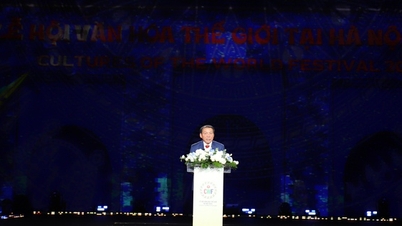



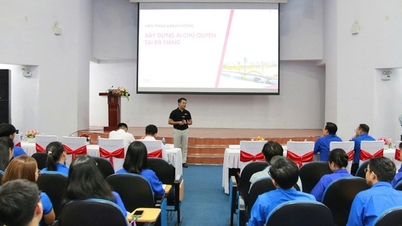
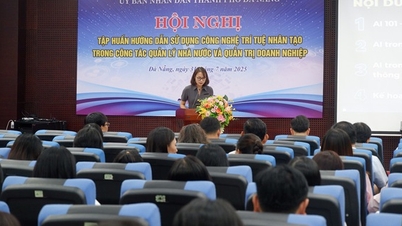

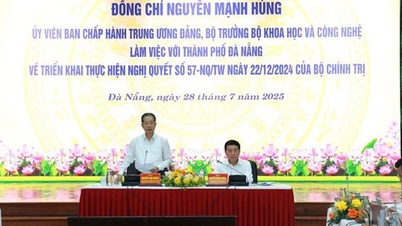
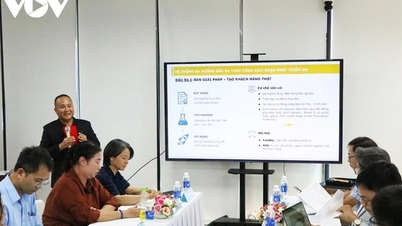


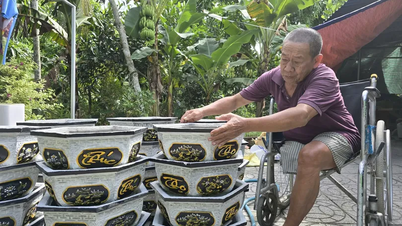

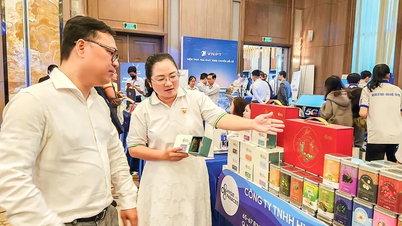
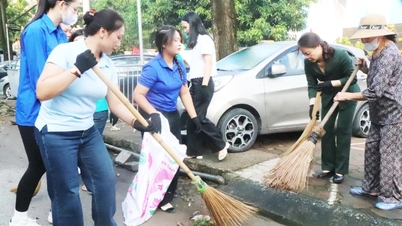
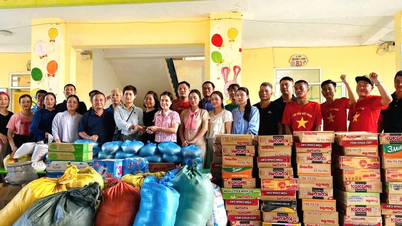

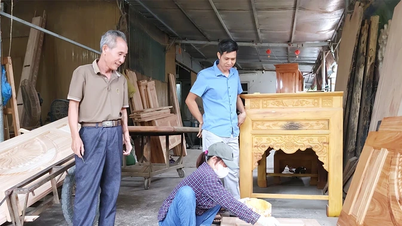






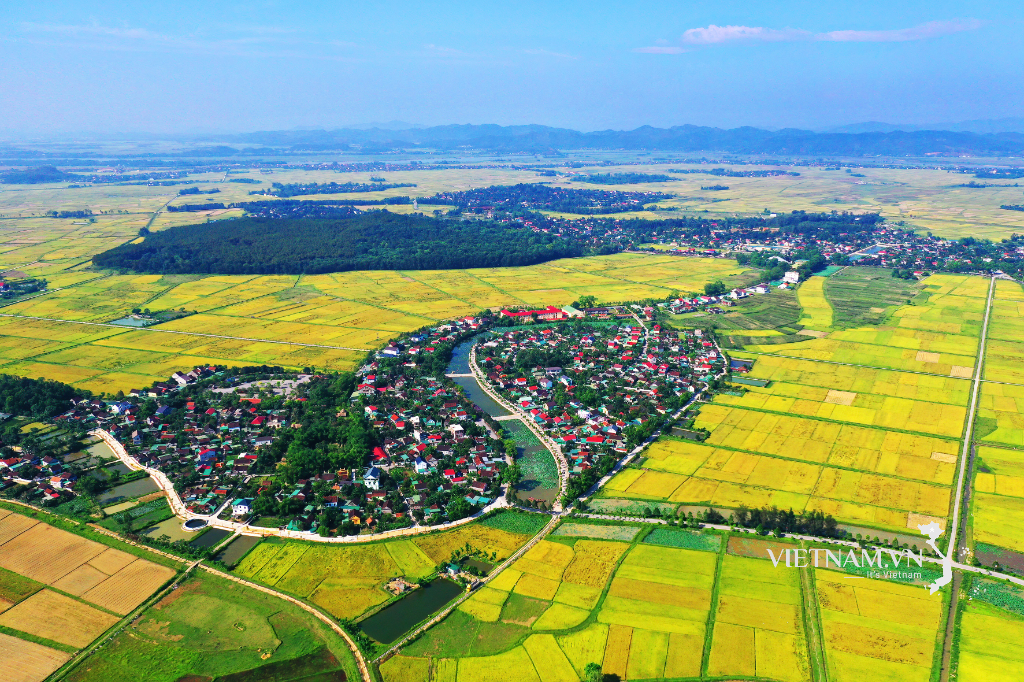



Comment (0)